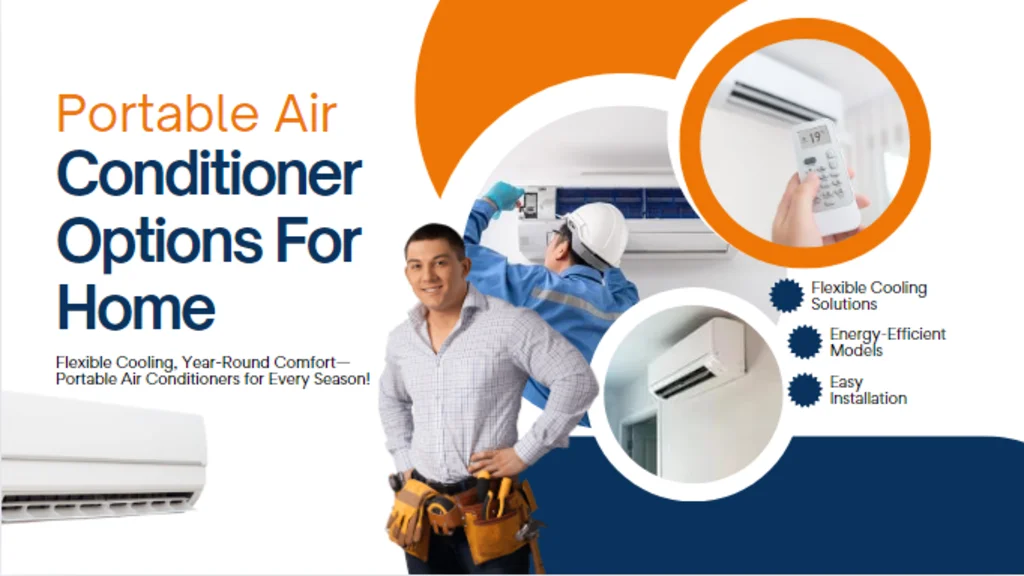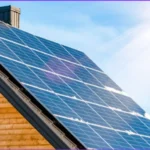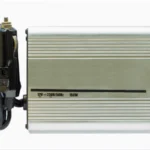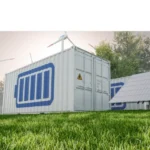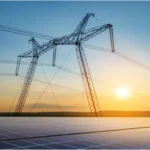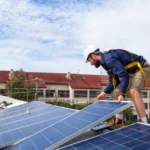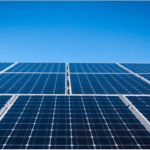Rising energy costs and extreme summer temperatures have prompted more homeowners and small business owners to seek smarter ways to stay cool. One increasingly popular solution is the solar powered air conditioner system designed to run on clean, renewable solar energy either partially or entirely off-grid.
This guide explores how solar AC systems work, their advantages and limitations, and how to decide if they’re a smart fit for your property. Whether you’re looking to reduce your carbon footprint, escape grid dependence, or simply lower your monthly bills, solar cooling may be worth a closer look.

How a Solar Powered Air Conditioner Works
A solar powered air conditioner uses energy generated by photovoltaic (PV) panels to power an air conditioning unit. Depending on the design, the system may operate fully off-grid, as a hybrid that switches between solar and grid power, or include batteries for nighttime operation.
A typical setup includes:
- Solar panels (300W–400W each)
- A charge controller or inverter
- An optional battery bank
- An air conditioning unit (usually a mini-split or portable model)
Some systems use direct current (DC) mini-split units to avoid conversion losses, while others rely on alternating current (AC) and require an inverter to bridge the gap between panel output and appliance requirements.
Real-World Use Case: Cooling a Detached Garage in Arizona
In central Arizona, a homeowner installed a solar powered mini split air conditioner in his detached garage workshop. With four 400W panels on the roof and a lithium battery backup, the system provided reliable cooling throughout the day without drawing from the grid. A DC-powered mini split model was selected, which reduced energy loss and eliminated the need for an inverter, simplifying the entire system.
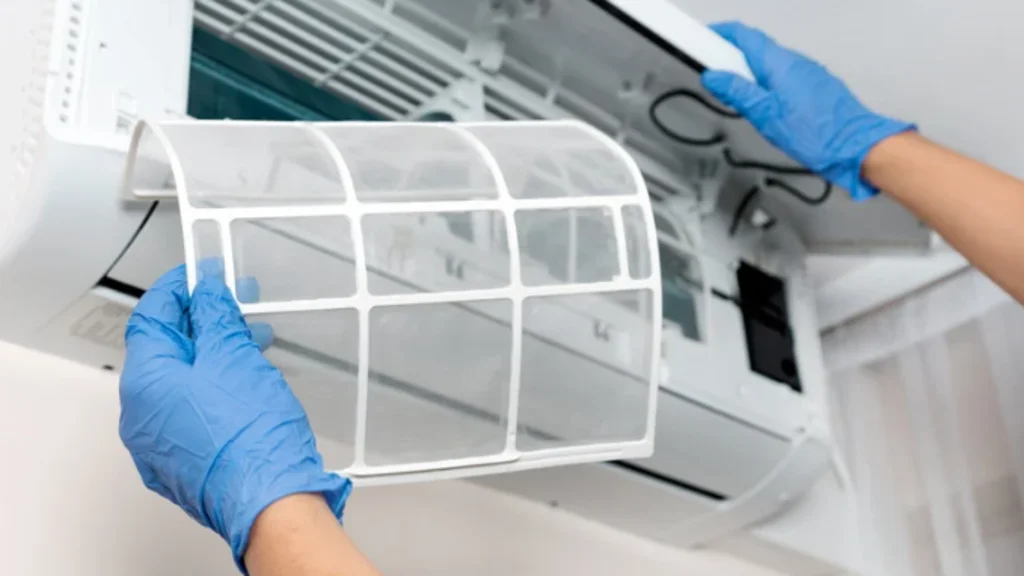
Common Types of Solar Air Conditioners
Mini Split Solar Air Conditioners
These units are ideal for individual rooms, garages, and small office spaces. They offer excellent efficiency and, when paired with solar, can run quietly and independently of the main power supply.
Portable Solar Powered Air Conditioners
Used in RVs, camping setups, or small off-grid cabins, these systems run on solar-charged batteries. Their cooling capacity is limited, but they offer reliable spot cooling for enclosed spaces.
Solar Powered Window Air Conditioners
While less common due to higher energy demands, some manufacturers now offer solar-compatible window units that can be paired with portable PV panels or small hybrid systems.
Solar Powered Car Air Conditioners
Some solar-integrated vehicles use built-in rooftop panels to run auxiliary cabin cooling systems. These setups reduce battery strain, particularly when the car is parked in direct sunlight.
Matching Solar Output to Cooling Demand
To understand if solar can meet your cooling needs, it’s essential to compare output and load. A typical 1-ton air conditioner (12,000 BTU) uses about 1.2 kWh per hour. Under ideal conditions, five 400W panels can generate up to 2 kWh per hour, sufficient to run the unit during peak daylight.
However, conditions aren’t always ideal. Shading, panel tilt, and soiling can significantly reduce performance. According to the National Renewable Energy Laboratory (NREL), dust accumulation alone can lower panel efficiency by 15–25%, making regular cleaning and monitoring a key part of system maintenance.
Benefits of a Solar Powered Air Conditioner
Lower Electricity Bills
By offsetting daytime cooling costs, solar AC systems reduce peak-hour power consumption and lower monthly energy expenses.
Off-Grid Capability
In remote areas or during outages, solar car and cooling systems paired with battery storage ensure continuous comfort without relying on diesel generators or grid power.
Reduced Carbon Footprint
Solar energy offsets the carbon emissions tied to traditional HVAC systems powered by fossil fuels.
Quiet and Efficient Operation
Many DC solar air conditioners operate more quietly than conventional units and convert energy more efficiently.
Scalable and Modular
Start with a small room or standalone unit, and expand the system as needed. This flexibility is especially useful for property owners gradually transitioning to renewable energy.
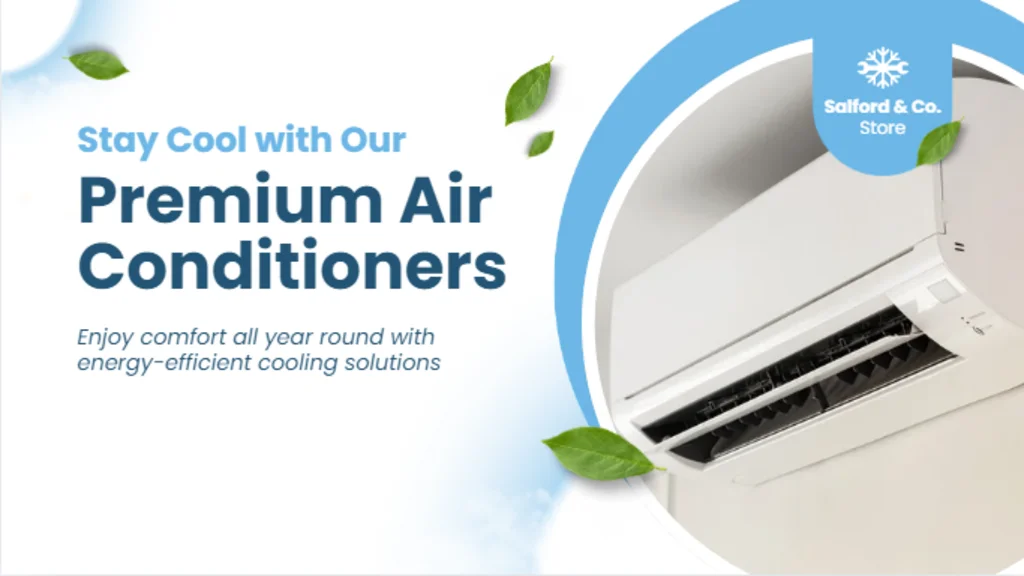
Key Limitations to Consider
- Upfront Costs: Solar AC systems range from $2,500 to over $7,000, depending on size, battery inclusion, and installation complexity.
- Roof or Land Space: You need sufficient, unshaded space for solar panels
- Battery Dependency: Off-grid setups require batteries to function after sunset.
- Installation Knowledge: Proper sizing and matching of panels, batteries, and cooling loads is essential for system reliability.
- Weather Impact: Cloud cover or shorter daylight hours will reduce daily energy generation.
What It Costs: Setup Examples
| System Type | Cost Estimate (USD) |
| Mini split + solar (hybrid) | $2,500 – $4,000 |
| Off-grid AC with battery | $4,000 – $7,000 |
| Portable solar AC setup | $600 – $1,500 |
Solar powered mini split systems offer the best balance of cooling efficiency and cost-effectiveness for residential use. If you already have solar panels, adding a DC-compatible air conditioner may be as simple as connecting to your existing setup.
DIY Considerations: Should You Build Your Own?
Search trends reveal questions like how to make a solar powered air conditioner or how to build one from scratch. While DIY kits exist, most are suitable for compact, temporary applications like tents, vans, or experimental use.
To build one, you’d need.
- A low-wattage DC air conditioner
- 1–2 sunpower solar panels
- A charge controller
- A small deep-cycle or lithium battery
- Safety enclosures and proper wiring
While it’s an interesting project, DIY systems typically lack the efficiency, longevity, and safety of professionally installed solar cooling systems. For residential or commercial spaces, it’s strongly recommended to consult a certified solar technician.
Troubleshooting and Maintenance
Inverter Issues
Undersized inverters often fail to handle the startup load of air conditioners. Choose an inverter rated 20–30% higher than your AC’s maximum draw.
Panel Soiling
Dirt and debris can significantly reduce output. Clean panels every 2–3 months, especially in environments with high dust or pollen levels.
Battery Management
Over-discharge can damage batteries. Use a controller that monitors state of charge and enforces safe cutoffs.
Shading Problems
Even partial shading can lower system output. Ensure panels are placed in precise, unobstructed locations.

Are Solar Powered Air Conditioners a Smart Investment?
Yes, but context matters.
You’ll likely benefit the most if:
- You live in a sunny region
- Your cooling demand peaks during daylight hours
- You have the roof space to mount sufficient panels
- You’re looking to reduce grid dependency or go off-grid
- You value long-term savings and environmental impact
If your current AC system is old or inefficient, upgrading to a solar-powered model with battery support can reduce utility costs and provide long-term peace of mind.
Final Thoughts and Next Steps
A solar powered air conditioner can cut cooling costs, provide energy independence, and contribute to a cleaner environment. From portable units to mini split systems, solar cooling technology is now mature enough to deliver real value across residential and small commercial applications.
If your panels haven’t been cleaned recently, or if your utility bills spike every summer, now is the time to evaluate your system’s performance— consider whether solar air conditioning could be the next step forward.
Schedule a solar assessment with a certified installer to determine if your home or workspace is ready for a solar-powered AC solution.

